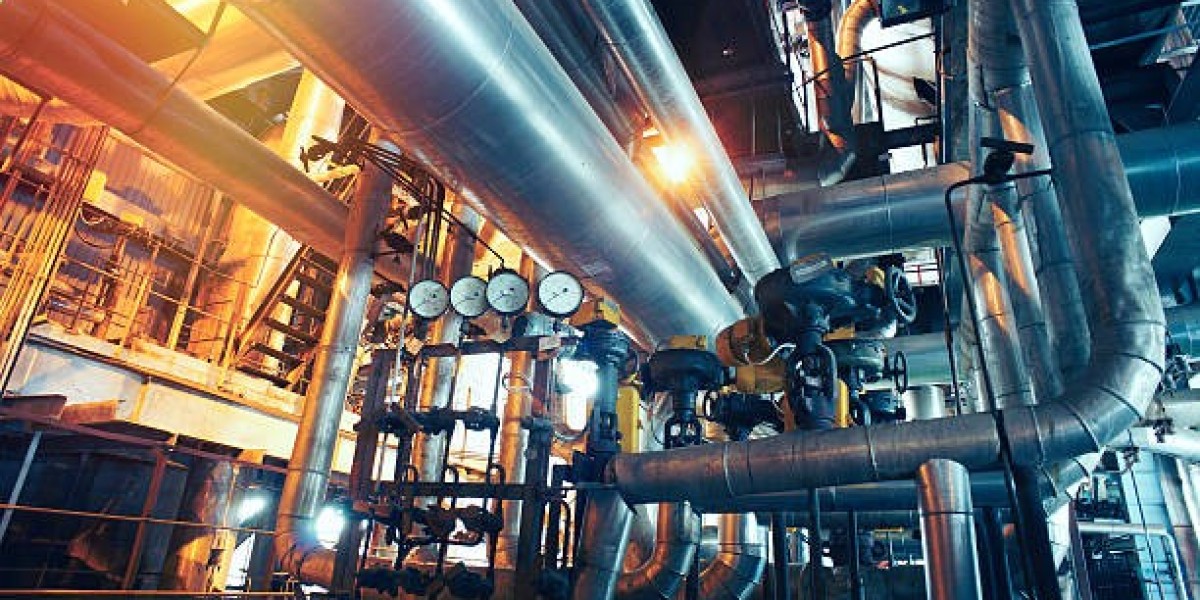The efficiency of a piping system depends not only on the quality of pipes and fittings but also on the reliability of its support structure. Pipe support stands are critical to ensuring that pipelines perform safely under stress, pressure, and environmental factors. Their role extends beyond stability—they actively protect the system from premature wear and costly breakdowns.
Why Stability Is Essential
Pipes experience constant pressure, weight, and temperature fluctuations. Without proper support, they can bend or shift, leading to leaks and mechanical failures. Pipe support stands solve these challenges by:
Supporting weight distribution evenly.
Preventing damage caused by sagging or stress points.
Allowing controlled expansion and contraction.
Reducing vibration that weakens joints.
This makes them a fundamental element of any reliable piping system.
Categories of Pipe Support Stands
Pipe support stands are designed to meet specific needs:
Adjustable stands – Adaptable for installation at varying heights.
Fixed stands – Provide consistent support for stable systems.
Roller stands – Ideal for systems exposed to temperature-driven movement.
Heavy-load stands – Engineered for pipelines carrying large volumes or high pressure.
By choosing the right type, operators ensure optimal performance and longevity.
Industrial Uses
Industrial piping systems often transport hazardous or high-pressure materials, making strong support a necessity. In these environments, pipe support stands:
Maintain system alignment under heavy loads.
Minimize stress on pumps, valves, and fittings.
Increase safety by reducing the risk of leaks.
Ensure compliance with stringent safety standards.
They play a vital role in industries like energy, oil and gas, and chemical processing.
Role in Commercial Properties
Commercial properties benefit from pipe support stands through:
Enhanced performance of plumbing and HVAC systems.
Reduced maintenance costs and downtime.
Long-term protection of building infrastructure.
Stable operations in high-demand environments.
These stands help facilities maintain consistent services, whether in retail spaces, hospitals, or office complexes.
Applications in Residential Systems
In residential settings, pipe support stands are equally valuable. They:
Prevent pipes from sagging in crawl spaces and basements.
Reduce the chances of water damage due to leaks.
Provide quieter operation by controlling vibration.
Increase the life of household plumbing systems.
Homeowners benefit from fewer plumbing repairs and greater peace of mind.
Materials Used for Pipe Support Stands
Materials influence the performance and durability of stands:
Carbon steel – Strong and suited for heavy loads.
Galvanized steel – Protected against corrosion.
Stainless steel – Designed for corrosive or high-moisture environments.
Aluminum – Lightweight, easy to install, and cost-effective.
The right choice ensures stands meet the demands of specific environments.
Installation and Inspection
Effective use of pipe support stands depends on correct installation. Placement, spacing, and load calculations must be considered to ensure pipes remain stable.
Regular inspections are also crucial. Checking for rust, damage, or loosening ensures the stands continue to perform their role effectively. Proactive maintenance can prevent costly breakdowns.
Conclusion
Pipe support stands are vital components that ensure both the safety and performance of piping systems. They provide strength, flexibility, and durability across industrial, commercial, and residential environments. By investing in the right type, material, and installation practices, operators can secure long-lasting efficiency. Ultimately, these stands act as silent protectors, safeguarding the reliability of piping infrastructure.






